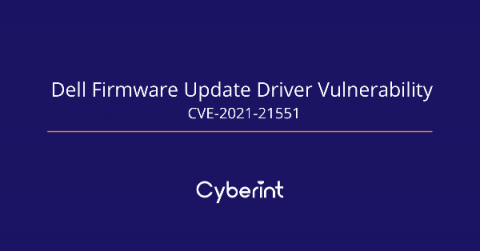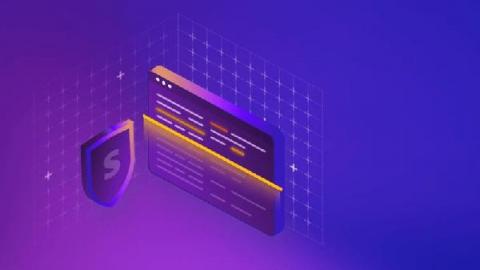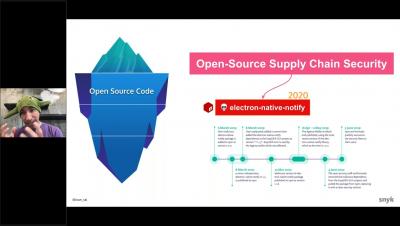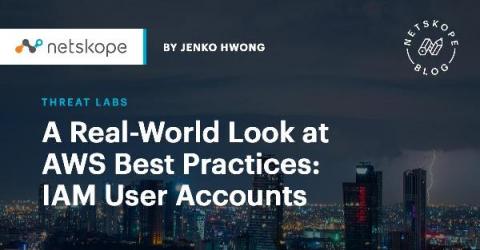Security | Threat Detection | Cyberattacks | DevSecOps | Compliance
%term
Password security tips and best practices for enterprises
In honor of World Password Day, we’re doing our part to help keep your business secure by discussing the good, the bad, the ugly and the critical about passwords. Let’s face it: between all the logins we need for work and all the accounts we use in our personal lives, there are too many passwords to remember. So many of us do what seems natural—use the same password for multiple accounts.
Dell Firmware Update Driver Vulnerability CVE-2021-21551
PCI DSS Compliance and 12 requirements of PCI by Cyphere
What is an attack vector? Assess your attack surface and how to avoid cyber attacks.
Attack vectors are defined as the means or paths by which hackers gain access to computers remotely with malicious intentions such as delivering payloads or carrying out other harmful activities. Some common ones are malware, social engineering, phishing and remote exploits.
Snyk Code is now available for free
Snyk’s mission is to empower developers and DevOps teams to secure their applications. As part of that security mission, Snyk offers a Free plan for Snyk Open Source, Snyk Container, and Snyk Infrastructure as Code, so all developers can code securely. Today, we’re excited to announce that Snyk Code is now available for free as well.
Stranger Danger: Your Node.js Attack Surface Just Got Bigger
UpGuard
Ask SME Anything: What are the major transformations behind SASE architecture?
A Real-World Look at AWS Best Practices: IAM User Accounts
Best practices for securing an AWS environment have been well-documented and generally accepted, such as AWS’s guidance. However, organizations may still find it challenging on how to begin applying this guidance to their specific environments. In this blog series, we’ll analyze anonymized data from Netskope customers that include security settings of 650,000 entities from 1,143 AWS accounts across several hundred organizations.











